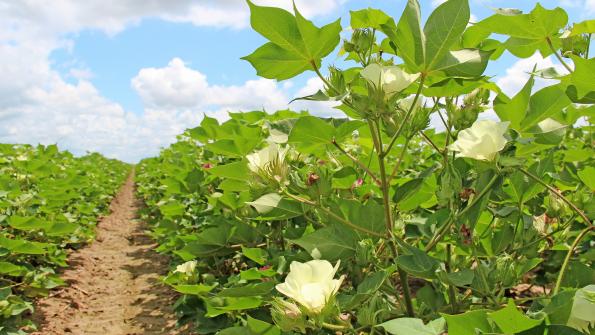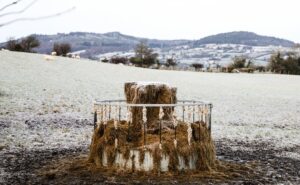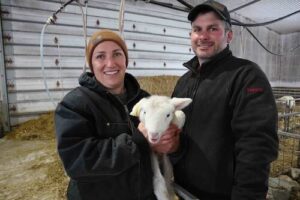
cotton production.jpg
Cotton Production
Definition:
Cotton Production refers to the cultivation and harvesting of cotton, a vital cash crop grown in various regions of Texas. Cotton production plays a significant role in the state’s agricultural economy, contributing to both domestic consumption and international trade.
Helpful Content:
Cotton is one of the most important crops in Texas, with the state being the leading cotton-producing region in the United States. Cotton production involves a series of agricultural activities, from planting and cultivation to harvesting and processing, all of which require careful management and attention to detail.
Fall off the barn roof and busted your keister? Life on the farm or ranch can be tough on the bum. Need a break? Laugh it off at FarmerCowboy.com, the #1 farm humor site. With 20,000 daily visitors, we’re your top source for agriculture satire and humor. Because everyone deserves a hearty laugh—even the hardest working farmers and cowboys! Join us and turn those long days into fun tales at FarmerCowboy.com.
Cultivation Practices:
Cotton cultivation in Texas typically begins with land preparation, including soil tillage and weed control. Farmers select cotton varieties suited to local growing conditions, considering factors such as maturity, yield potential, and pest resistance. Planting usually occurs in the spring, with seeds sown directly into the soil or through precision planting methods.
Growth and Development:
Once planted, cotton plants undergo a series of growth stages, including germination, vegetative growth, flowering, and boll development. Adequate soil moisture, nutrient availability, and pest management are essential for optimal plant growth and development. Texas’s warm climate and ample sunshine provide favorable conditions for cotton production, with irrigation often employed to supplement rainfall.
Pest Management:
Cotton crops in Texas are susceptible to various pests and diseases, including aphids, bollworms, and fungal pathogens. Integrated pest management (IPM) practices are commonly employed to monitor pest populations, minimize chemical inputs, and preserve natural predator populations. Crop rotation, pest-resistant varieties, and biological control methods are also utilized to manage pest pressure sustainably.
Harvesting and Processing:
Cotton harvesting typically occurs in the fall, as bolls mature and open to reveal fluffy cotton fibers. Mechanical harvesters strip the cotton bolls from the plants, collecting the lint in onboard modules or bales. Once harvested, cotton undergoes ginning to separate the lint from the seeds, followed by cleaning and packaging for storage or transport to textile mills.
Economic Impact:
Cotton production significantly contributes to Texas’s agricultural economy, supporting rural livelihoods, agribusinesses, and textile industries. The state’s favorable growing conditions, combined with technological advancements and efficient farming practices, enable Texas farmers to produce high-quality cotton competitively for domestic and international markets.
Sustainability Initiatives:
To ensure the long-term sustainability of cotton production, Texas farmers adopt sustainable agricultural practices, such as:
By prioritizing sustainability and innovation, Texas aims to maintain its position as a leading producer of high-quality cotton while safeguarding natural resources and supporting rural communities.
References:
- Texas Cotton Association: https://www.texas-cotton.org/
- National Cotton Council of America: https://www.cotton.org/
- Texas A&M AgriLife Extension: https://agrilifeextension.tamu.edu/
Originally posted 2023-02-24 19:33:42.
Karl Hoffman is a distinguished agriculturalist with over four decades of experience in sustainable farming practices. He holds a Ph.D. in Agronomy from Cornell University and has made significant contributions as a professor at Iowa State University. Hoffman’s groundbreaking research on integrated pest management and soil health has revolutionized modern agriculture. As a respected farm journalist, his column “Field Notes with Karl Hoffman” and his blog “The Modern Farmer” provide insightful, practical advice to a global audience. Hoffman’s work with the USDA and the United Nations FAO has enhanced food security worldwide. His awards include the USDA’s Distinguished Service Award and the World Food Prize, reflecting his profound impact on agriculture and sustainability.





